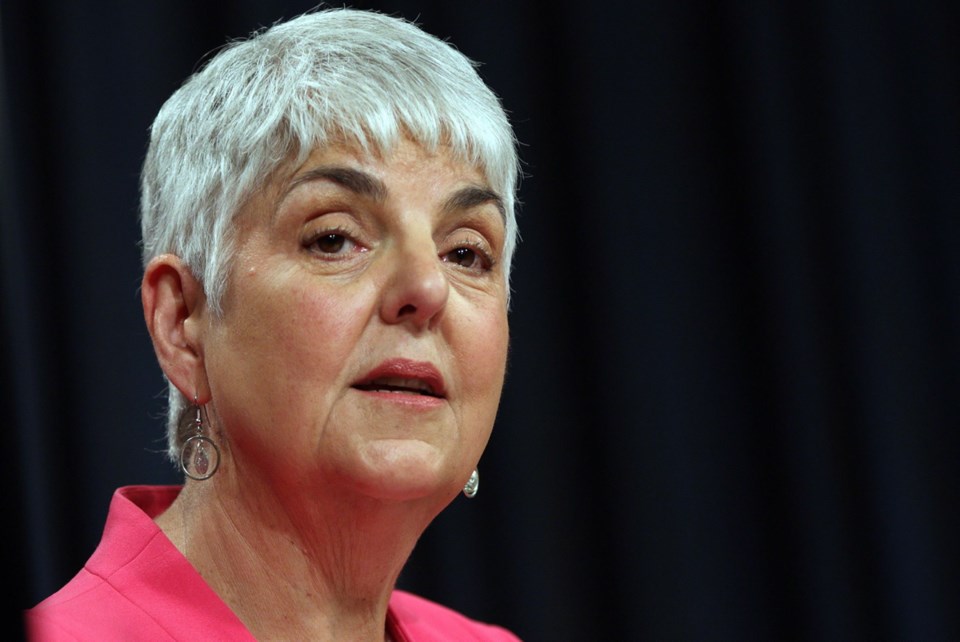Finance Minister Carole James has taken the unusual step of asking ministries to cut spending in mid-year. Her explanation is that with the economy slowing down, the surplus she predicted back in March is now in danger.
James is right to be concerned, but not for the reason she gave. The economic “slowdown,” such as it is, has nothing to do with the looming threat of a deficit.
The revenue figures James released in her first quarterly update last month show no sign of a significant drop-off. In February, she estimated revenues for the year at $59 billion. In her recent quarterly update, she put the number at $58.9 billion — essentially the same. Expenditures also are unchanged.
So why the sudden attack of nerves? What happened last year tells the story.
In 2018, government revenues came in $2 billion higher than expected.
This was due to a surging economy — B.C. led the country in economic growth for three years in a row prior to 2018. Tight fiscal management by the previous Liberal government also played a part.
In effect, James inherited a gold mine. But she did what NDP administrations are wont to do. She raised taxes on business, and spent more than $1 billion of the extra revenues that came her way.
This is a classic example of tax-and-spend mentality, and it explains the changing outlook. Her government has also demonstrated hostility to resource projects and that may likewise be a factor.
The question is, where we go from here? If B.C. really is entering an extended period of slower economic growth, how does James manage the budget?
All that extra spending is locked in. It takes the form of higher staffing levels, larger commitments to third-party groups who rely on government and, overall, a public sector that is substantially broader than before.
A few cuts in discretionary spending, like business travel, consulting fees and so on will not change that. Yet short of a recession, James knows voters are unlikely to support a return to the deficit financing that marked the NDP’s last turn in office.
In practice, she has only two choices, and neither is desirable. She can raise taxes further, but that runs the risk of driving businesses away.
Or, she can roll back spending in a serious manner. It is impossible to put a hard number on the size of cuts she would need.
But something in the range of $1 billion or $2 billion might be required. For the hard reality is that the main centres of spending — health care, education and social services — are already experiencing difficulties as it is.
Our aging population puts pressure on health care. Additional teachers are being hired to meet the Supreme Court ruling that invalidated the previous government’s efforts to increase class size. More students are entering post-secondary institutions.
And social services are stretched to breaking point by child poverty, homelessness and the opioid epidemic.
But these represent, collectively, nearly 75 per cent of the entire budget. If they are untouchable, indeed in need of additional funds, where can James find the required cuts?
Long experience would suggest she cannot. Which brings us back to tax hikes.
But leaving aside the Atlantic provinces, B.C.’s corporate tax rate is already as high as, or slightly above, the other provinces.
That might suggest a broader-based approach. The provincial sales tax rate is seven per cent. A one-point increase would bring in around $1.5 billion, or roughly the amount James might need to keep the budget balanced.
Only time will tell what actually happens. But there is a warning here. Burning through short-term wealth has long-term consequences.



